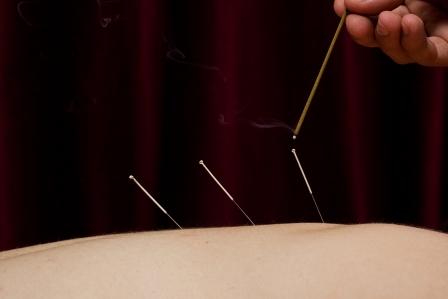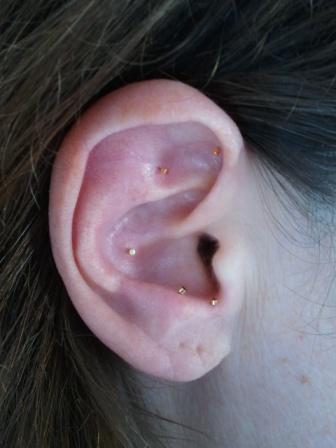An international collaboration, involving some of the UK’s top acupuncture researchers, has provided definitive evidence that acupuncture is effective for chronic pain. The Acupuncture Trialists’ Collaboration analysed raw individual patient data, which was available for 17,922 participants enrolled in 29 high-quality, randomised trials of acupuncture for four chronic pain conditions; back and neck pain, osteoarthritis, shoulder pain and headache. It is the first systematic review of acupuncture to use individual patient data to conduct its meta-analysis. This method is superior to the usual method of using summary data, as it enables different outcomes to be combined and allows use of statistical methods that generate more precise results. The study, published in the prestigious Archives of Internal Medicine on September 10th, showed that for each of the four chronic pain conditions, the analgesic effect of true acupuncture was slightly better than that of placebo acupuncture. However, the difference between true acupuncture and usual care alone was found to be much larger and of clear clinical significance. Acupuncture was found to be statistically superior to control in all comparisons. Patients who received true acupuncture had less pain, showing scores that were 0.23, 0.16, and 0.15 SDs (standard deviations) lower than sham controls for back and neck pain, osteoarthritis, and chronic headache, respectively. The effect sizes for true acupuncture in comparison to no-acupuncture controls were lower by 0.55, 0.57, and 0.42 SDs, respectively. The authors give an example of what these effect sizes might mean in real terms. For an RCT where pain is scored on a 0-100 scale, a baseline pain score might be 60. Given a standard deviation of 25, post-treatment scores might be 43 in a no-acupuncture group, 35 in a sham acupuncture group and 30 in a true acupuncture group. In comparing true acupuncture with no acupuncture, the effect size for individual RCTs showed that it had a smaller benefit in patients who received a programme of ancillary care (for example physiotherapist-led exercises), than in those patients who continued to receive usual care (for example rescue analgesics). The average effect size of true acupuncture (approximately 0.5 SD, judged as ‘medium’), compared with no treatment, was judged to be of clear clinical relevance. The authors point out that while the difference between acupuncture and sham was of lesser magnitude (approximately 0.2 SD, judged as ‘small’), this is still a robust difference that could be clearly distinguished from bias. Theirs is the first study to unequivocally demonstrate this. Although the data indicate that acupuncture is more than a placebo, the relatively small difference between true and sham acupuncture suggests that factors in addition to the specific effects of needling contribute to its therapeutic effects. However, the authors also emphasise that the clinical choice made by doctors and patients is not between acupuncture and sham, but between acupuncture and no acupuncture, and, for this comparison, there is a clear and clinically relevant difference. The collaborators conclude that this landmark study provides the most robust evidence to date that acupuncture is a reasonable referral option for patients with chronic pain. They hope their findings will encourage clinicians to recommend acupuncture as a safe and effective treatment and inform future clinical and policy decisions. (Acupuncture for chronic pain: individual patient data meta-analysis. Arch Intern Med. 2012 Sep 10:1-10. doi: 10.1001/archinternmed.2012.3654. [Epub ahead of print]).
Categories: Acupuncture research, Miscellaneous







